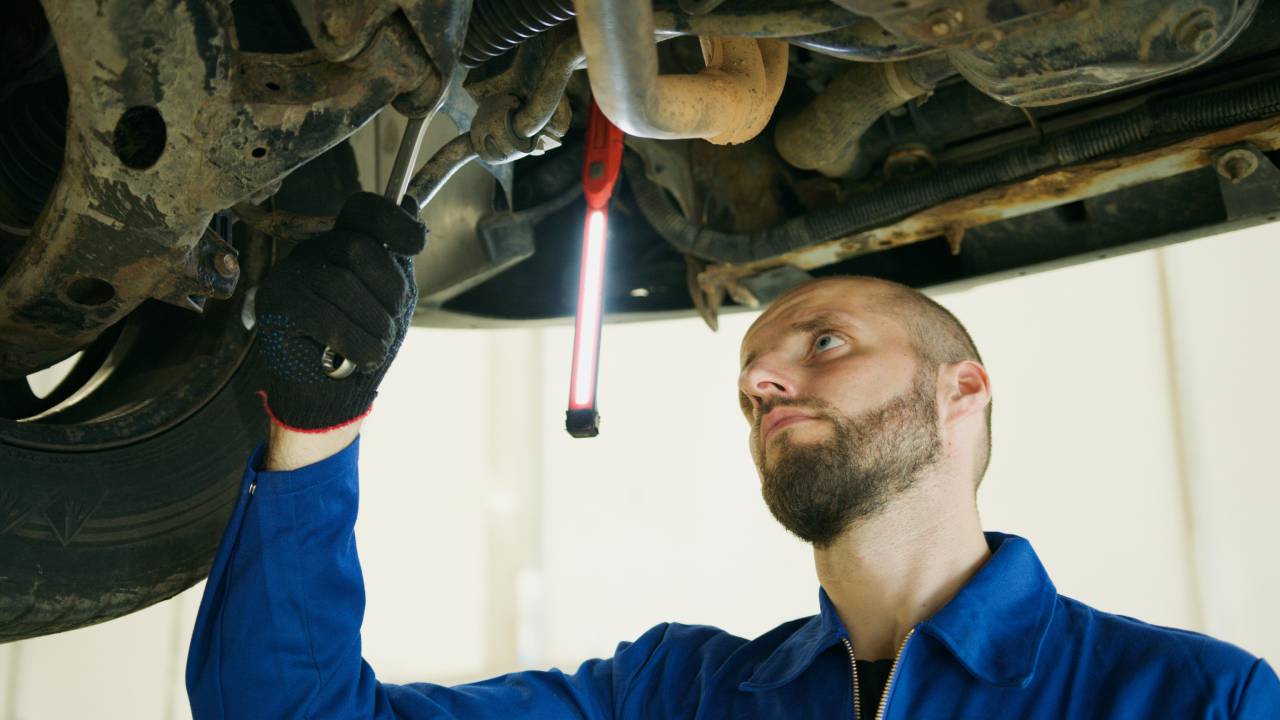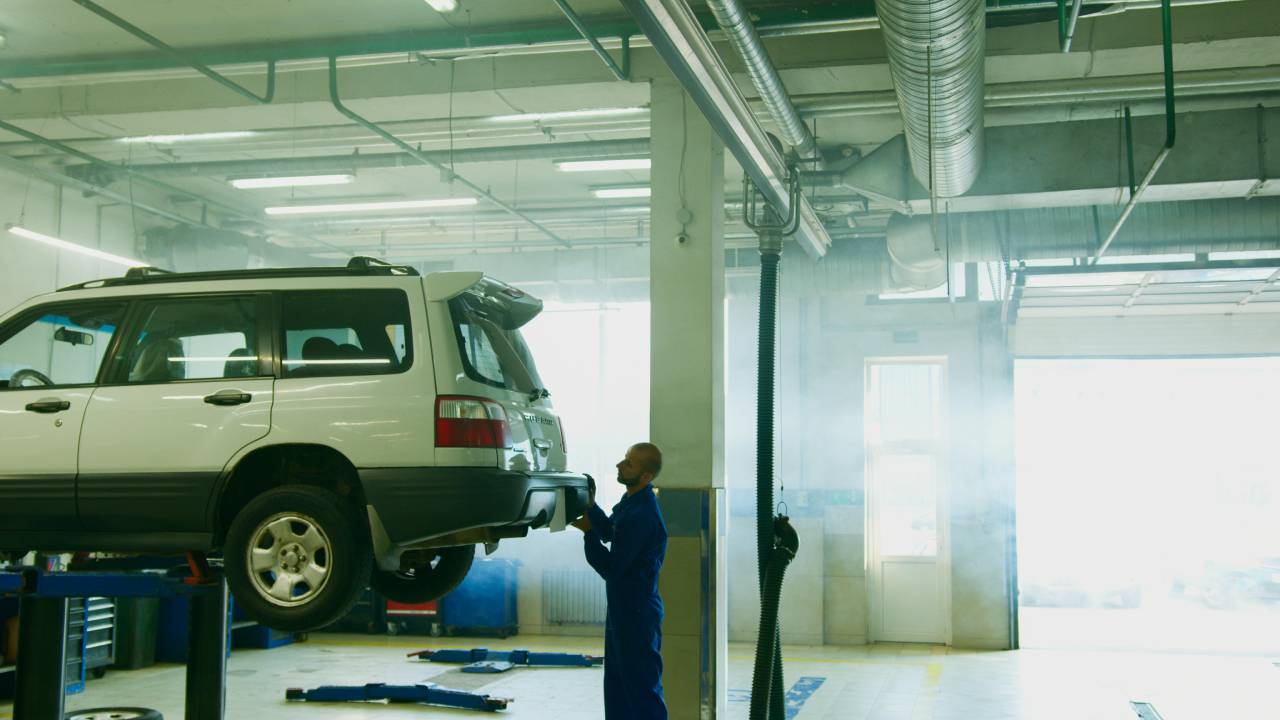Breaking down on the road is a situation no driver wants to face, but it’s one that many will encounter at least once. Whether it’s a flat tire, an overheated engine, or an unexpected mechanical fault, knowing what to do when your car breaks down can make the experience a lot less stressful—and a lot safer.
This guide walks you through each step, from preparation to getting back on the road, so you’ll feel confident and ready to handle any breakdown.
Preparing for a Breakdown
Essential Items to Keep in Your Car
Preparation is the key to managing car troubles efficiently. Keep these essential items in your car to stay ready for emergencies:
- Roadside Assistance Kit: Includes jumper cables, tire repair tools, and a portable air compressor.
- Warning Triangles or Flares: Help alert other drivers.
- First Aid Kit: A necessity for any form of emergency.
- Flashlight with Extra Batteries: For nighttime incidents.
- Cell Phone Charger/Power Bank: Stay connected when your car battery is out.
- Warm Blanket and Water (in case you’re stranded for long periods).
Regular Maintenance to Reduce Risks
Preventing breakdowns starts with staying proactive. Schedule routine checkups and make sure your tires, brakes, battery, and engine are in good condition. Don’t ignore unusual noises, warning lights, or overdue oil changes—take care of these issues before they worsen.
Identifying a Breakdown
Signs of Imminent Trouble
Before a full breakdown occurs, your car often delivers warning signs. Look out for these issues:
- An illuminated check engine light.
- Strange noises like clunking, grinding, or hissing.
- Vibrations or difficulty steering.
- Sudden loss of power.
Act Quickly While Driving
If you notice any of these signs while driving:
- Reduce your speed gradually and avoid sudden braking.
- Turn off unnecessary electronics if you suspect battery issues.
- Safely pull over as quickly as possible to assess the situation.
Safety First
Pulling Over Safely
Your priority is to protect yourself and your passengers. Pull over to the safest area possible, such as a wide shoulder or a nearby rest stop. Avoid stopping near sharp turns or blind spots where visibility is limited for other drivers.
Alert Other Drivers
- Turn on your hazard lights immediately to signal that your vehicle is stationary.
- Place warning triangles or flares at a safe distance behind your car to give others plenty of notice.
Assessing the Situation
Check Your Surroundings
Before stepping out, assess your surroundings for safety. Avoid exiting your car if you’re on a busy highway or if it’s unsafe to do so. Stay inside with your seatbelt fastened in these cases.
Inspect Your Vehicle
If it’s safe, perform a quick check to identify the issue, such as a flat tire or visible engine problem.
Contacting Help
Who to Call
Depending on the situation, you might need to reach out to:
- Roadside Assistance Services (like AAA).
- A Trusted Tow Service if your car needs to be moved.
- Local Authorities if your vehicle is obstructing traffic.
Communicating Your Location
When calling for help, be as specific as possible with your location. Use landmarks, mile markers, or your phone’s location-sharing feature to help responders find you quickly.
Temporary Fixes
Quick Repairs to Get You Moving
For minor issues, there are some fixes you can attempt if you have the right tools and the know-how:
- Flat Tire? Replace it with your spare if conditions are safe.
- Loose Battery Connection? Tighten the terminals if you have the appropriate wrench.
- Out of Gas? Grab your emergency gas can and head to the nearest station.
When to Wait
If the problem seems complex or unsafe to handle, don’t take risks. Wait for professional assistance.
Waiting for Help
Stay Safe
- Remain inside your vehicle with the doors locked if you’re in an unfamiliar or unsafe area.
- Open your windows slightly if it’s hot, and ensure the engine is off to prevent further damage.
Pass the Time
While waiting, use the time to write down key issues with your car to describe to a mechanic. And remember to stay calm—help is on its way.
After the Breakdown
Once You’re Back on the Road
After your car is either repaired on-site or towed to safety:
- Visit a Mechanic as soon as possible for a thorough inspection.
- Ask for advice on preventing the same issue in the future.
Reflect and Replenish
Use the experience as a reminder to restock your emergency items if they were used and consider upgrading any tools or kits you found lacking.
Be Road-Ready, Every Day
Breakdowns may be inconvenient, but they don’t have to be catastrophic. By staying prepared, knowing what to do, and keeping safety top of mind, you can handle any road mishap with confidence.
Do you have any breakdown tips to share, or an interesting story to tell? Leave your comments below—we’d love to hear from you!

